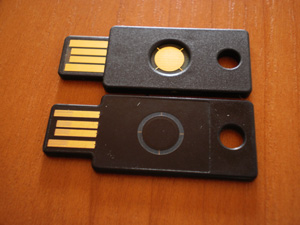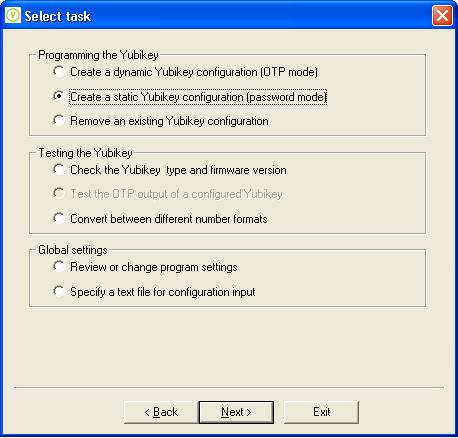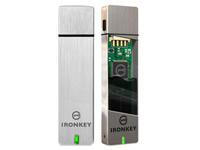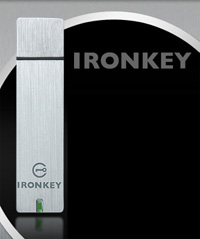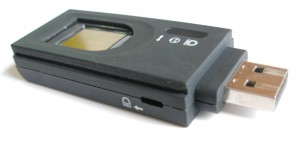What are strategies for protecting against two-factor authentication vulnerabilities?
Long time ago, Microsoft admitted that “game is over, if an attacker is landed inside your Active Directory” (“Mitigating Pass-the-Hash and Other Credential Theft”, version 2) by putting the following statement :
“Assuming breach requires a shift in mindset from prevention alone to containment after breach”
Meaning that no security software will help you since that moment. With this statement Microsoft team accepted that 0-Days vulnerabilities and exploits will continue to appear in future. What lessons security architects and experts may learn from Sunburst/Solarwind case? Probably the statement may be expanded to a wider scope:
“Assuming ongoing breach executed in an unidentified past requires a shift in mindset from prevention to continuous containment”.
What if the breach was already happened but we dont know about it now? Cyber-Security vendors now start offering solutions that includes new paradigm :
- Breach Prediction and Threat Intelligence that monitors threat actors in dark net, vulnerabilities and tactics they are going to use. This will allow to identify potential targets and the weaknesses that will be exploited.
- Breach Detection and Response with security controls that will continue to perform even in containment phase (i.e. “game is over”). Make Malware/RAT/APT operators to move in a wrong direction, take “wrong” things, while leaving more Indicator of Compromise and evidences in IT infrastructure.

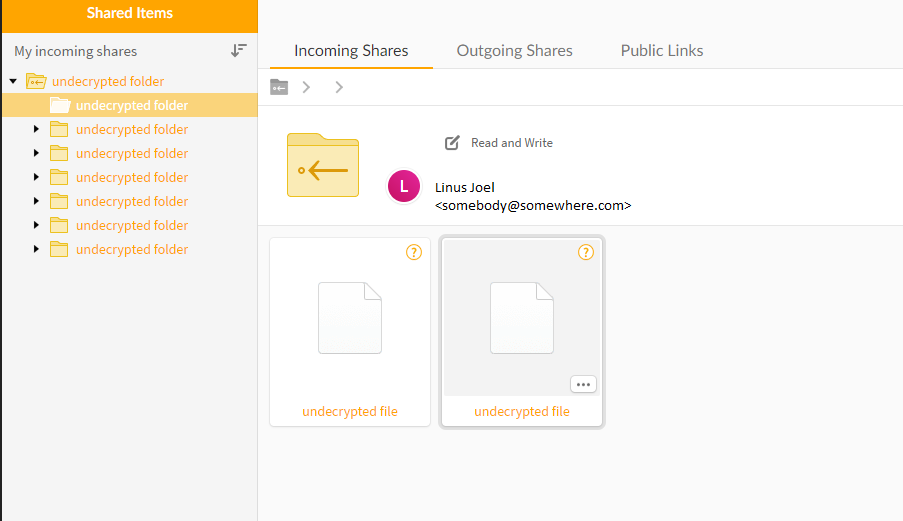
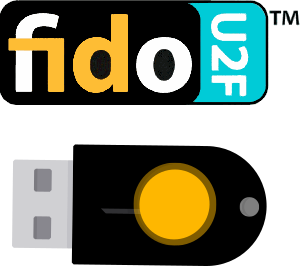
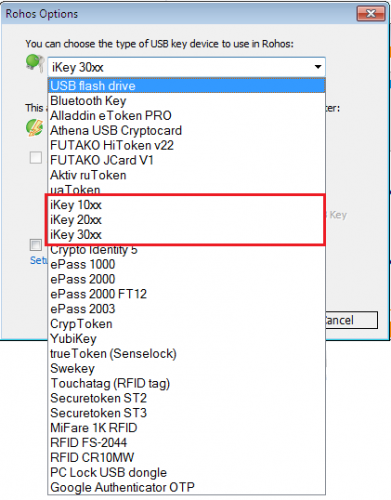

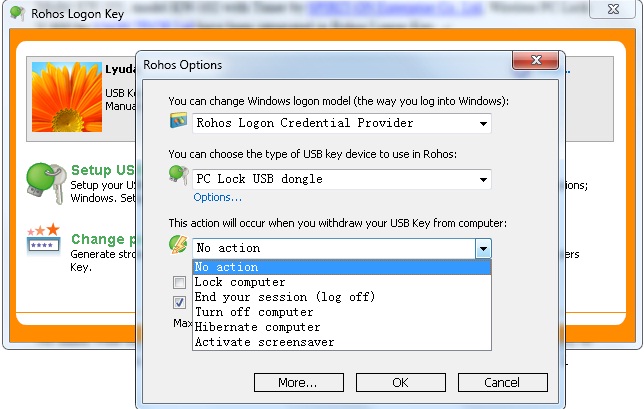
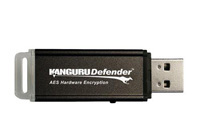 Main features:
Main features: